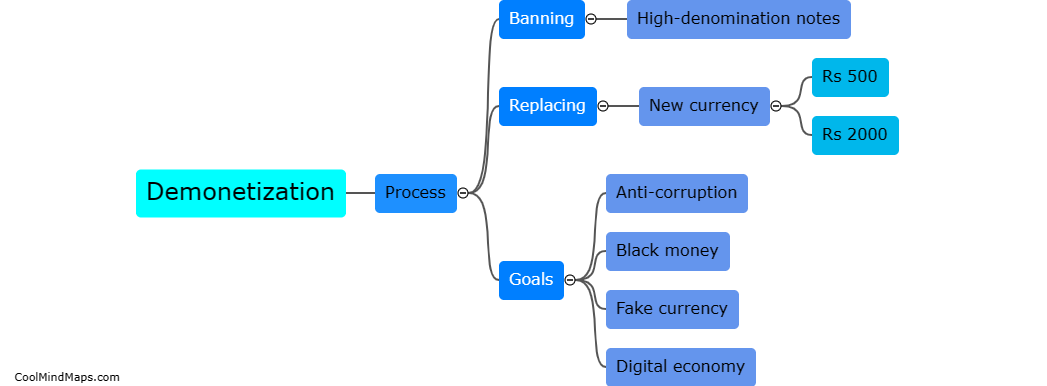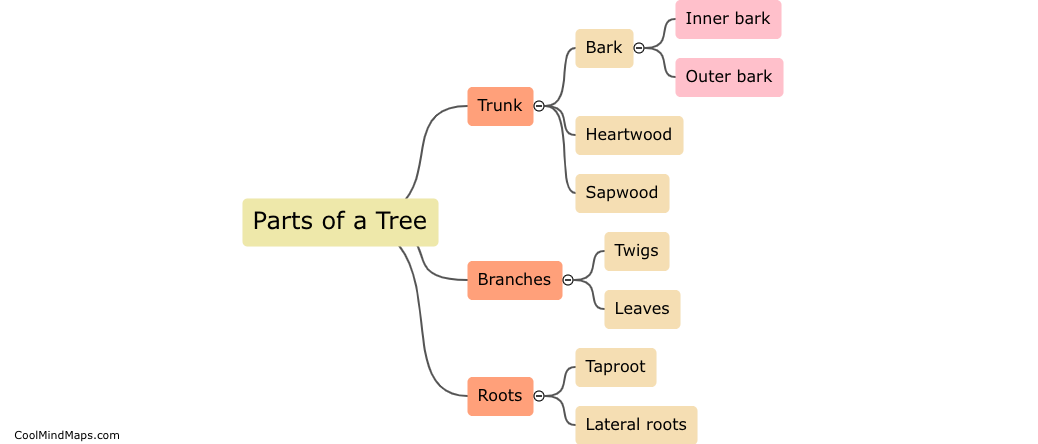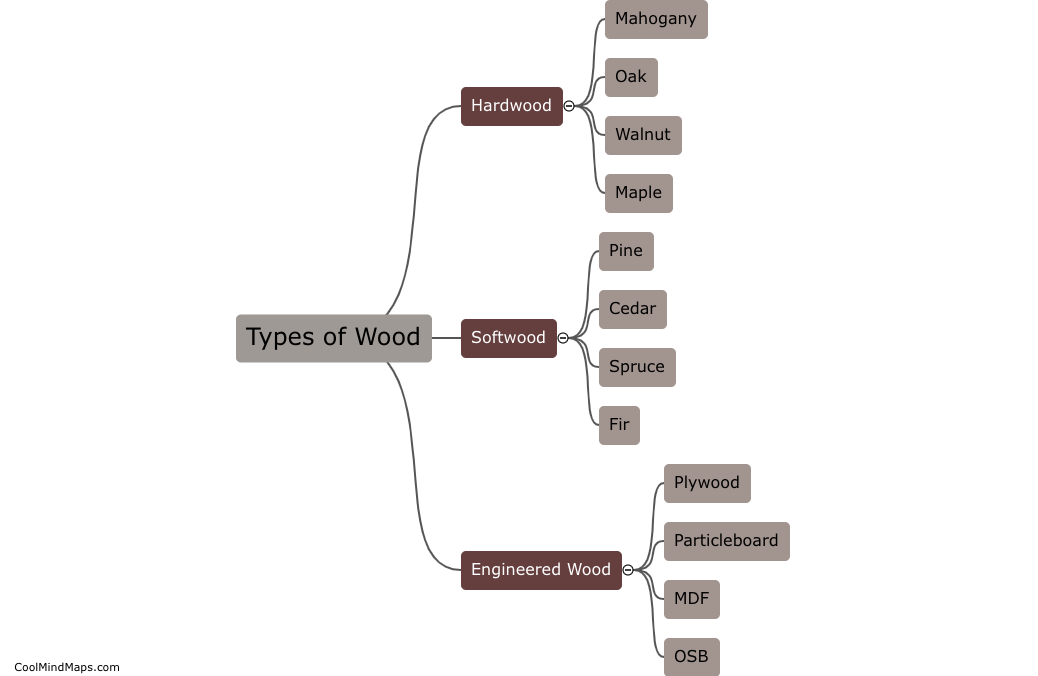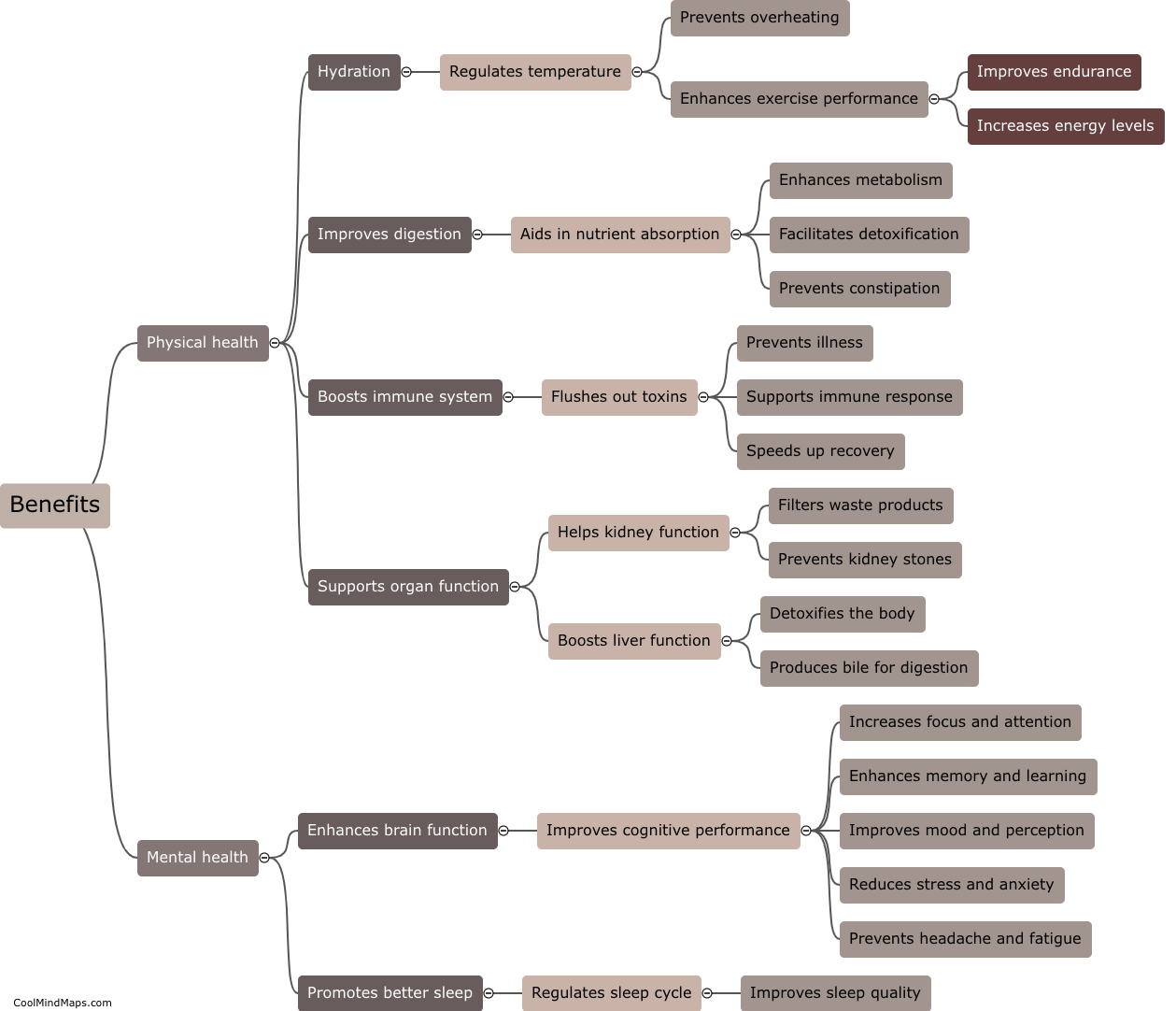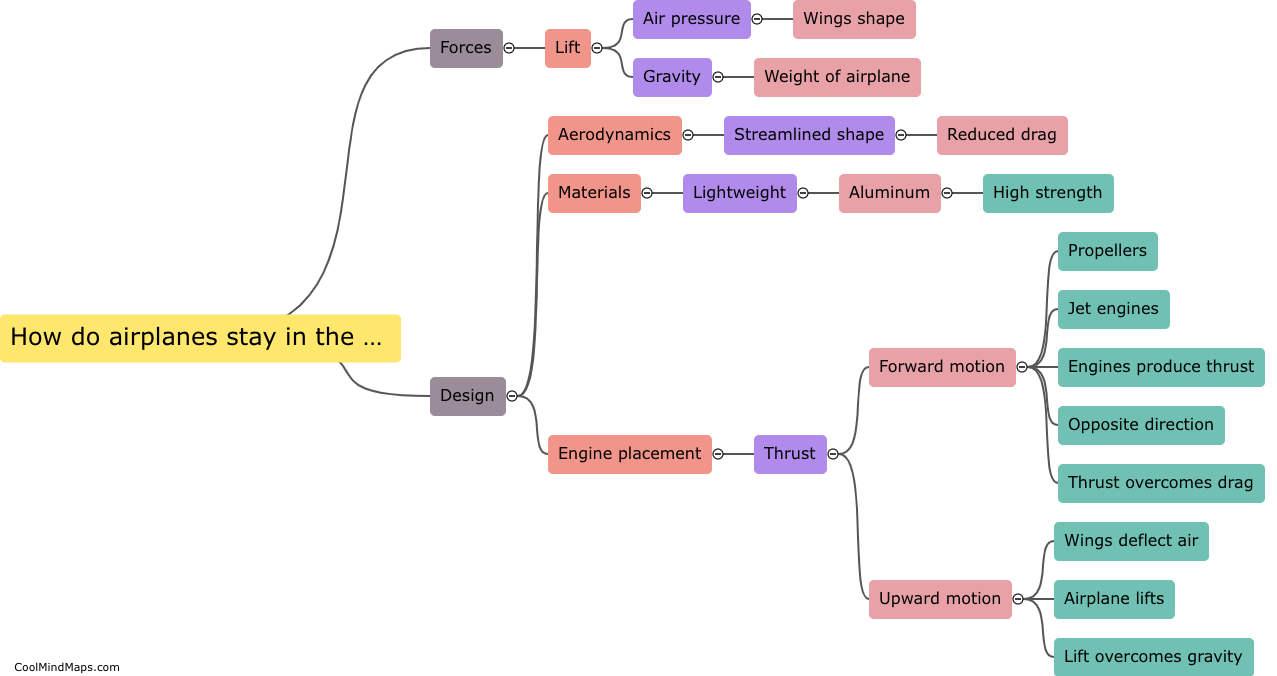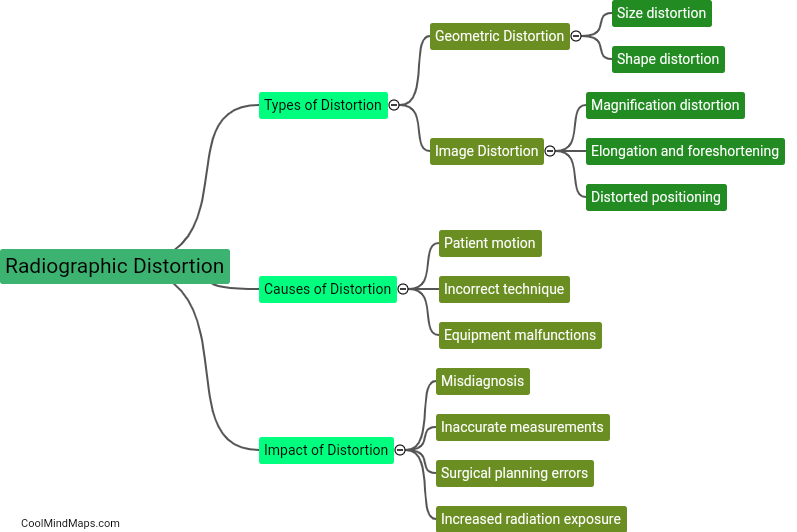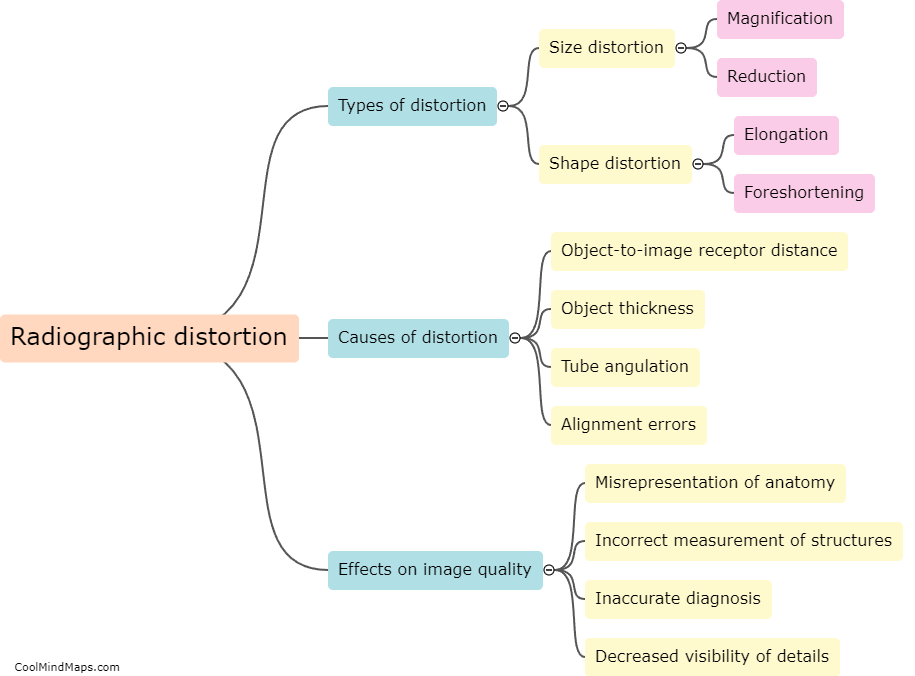What are the different layers of the ocean?
The ocean is divided into several distinct layers, each with its own unique characteristics. The first layer is the sunlit zone, also known as the euphotic zone, which extends from the surface to about 200 meters deep. In this layer, sunlight can penetrate, allowing photosynthesis to occur and supporting a wide variety of marine life. Below the sunlit zone is the twilight zone, which extends from 200 to 1000 meters deep. Here, sunlight is scarce, resulting in a dimly lit environment. Many unique species, such as bioluminescent organisms, thrive in this zone. The next layer is the midnight zone, also known as the aphotic zone, which begins at around 1000 meters deep and extends to the ocean floor. In this pitch-dark region, no sunlight reaches, and organisms have adapted to survive in extreme pressures and temperatures. Finally, there is the abyssal zone, which is the deepest layer of the ocean and extends from around 4000 to 6000 meters deep. This zone is characterized by frigid temperatures, high pressure, and the presence of trenches and canyons. Exploring these different layers of the ocean helps scientists understand the fascinating adaptations of marine life and the interconnectedness of our planet's ecosystems.
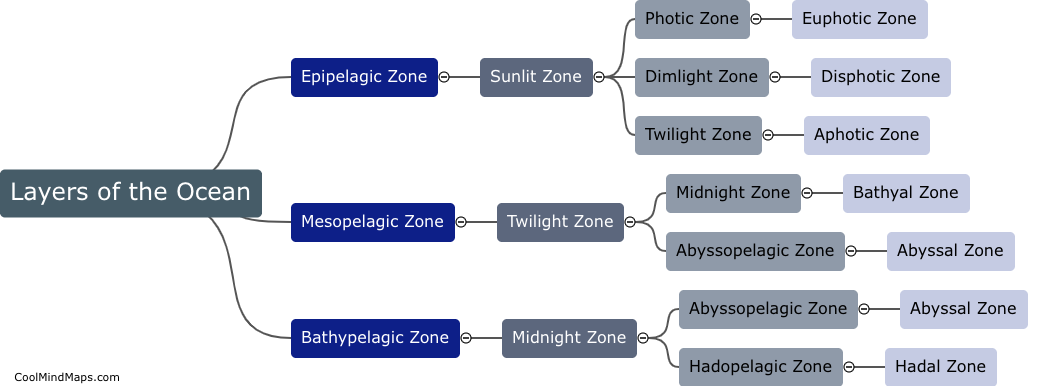
This mind map was published on 13 October 2023 and has been viewed 84 times.



